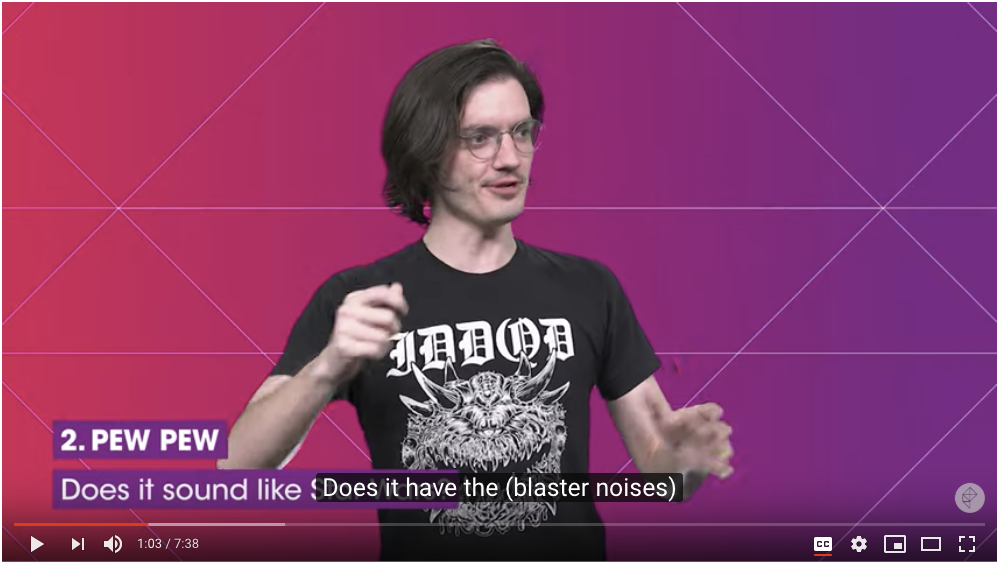Humans are natural storytellers. We tell our partners, our family, our friends how our days are. We tell our colleagues stories of that thing the client asked for in a meeting (and possibly how absurd it is). We tell ourselves stories about the day ahead of us (I’m going to go to work, get groceries, and see a friend for dinner).
Storytelling is a natural part of who we are, but why does it seem so daunting?
Since 2005, I have been involved with improvisational theater. While there is a solid 8-year gap in my practice, the mindset has been invaluable to me as a researcher, designer, and collaborator. Over the last year, I have organized my thoughts into a full book, Collaborative Improv, a reference full of activities and parallels about collaboration and performing.
As The Interconnected is about the Human Connections, I want to highlight a few key aspects of improvisation that help us connect to one another and tell our stories.
Listen to each other. One of the main lessons from improvisation is active listening. Being in the moment and processing what we are being told, not what we want to say next. So much of our lives in meetings are based around wanting to be heard, wanting to be seen as smart or relevant. If we can put our personal desire to excel aside for a moment, we will realize that the old adage “a rising tide raises all ships” is true and the team’s success is our individual success.
Good stories come when we listen to what we are being told and respond in a genuine way that adds to the narrative. We don’t want to respond off-topic, changing the focus. We want to answer the question. We want to solve the problem. We want to come to consensus.
We do this by being present. Not by focussing on our needs. But by focussing on what the people we are engaging with need to succeed.
Be genuine. One key difference between good improv and bad improv is that bad improv is “phoned in”. The performers aren’t really there and the characters are flat, disingenuous. Improvisation has taught me how to apply my whole self to the craft and to expose my characters to the audience. Much the same way, when we design just the surface of a product, we are doing a disservice to our colleagues, our stakeholders, and our customers. Personas and journey maps are invaluable in illustrating the details of why we are designing a solution. And challenging ourselves to understand the motivations behind our work is key.
The more we can bring real, genuine details and empathy to our customers and our stakeholders, the more we can understand that a difference in opinions is based on individual needs and not arbitrary whims. This leads us to seek motivations.
Seek motivations. This includes the motivations of our business, of our customers, and of ourselves. The business may want to differentiate from their competition. Why? Seek understanding of that motivation. The customers may want to gain more approvals for a higher productivity score. Explore the business culture this lives in. And we want to design the best product we can, but what truly motivates us? Improvisation is a tool to be used to look at product design, human connection, and collaboration.
In a world where there is an onslaught of “how to be a better designer” books, I don’t mean to add to the onslaught. Instead, I hope to offer a vocabulary and lens that can supercharge the skills and abilities you already have. Collaborative Improv is now available on Amazon with additional content available on the book’s companion site, CollaborativeImprov.com.

